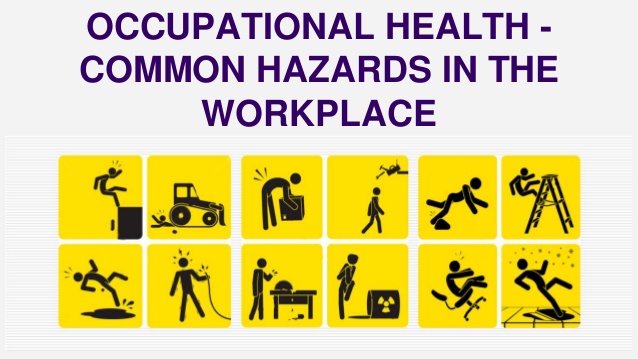A hazard is a potential source of harm or adverse health effect on a person. Hazards could be physical, biological, chemical, mechanical and psychological. These hazards arise from components in the surrounding conditions in which an employee operates. When exposed to these hazards the effect can range from a mild injury, severe pain, absence from work and even loss of life. Hence, hazard control becomes paramount. Effective hazard control reduces and to a large extent eliminates the rate of injuries, illnesses and incidents associated to workplace as well as help to provide a safe working environment for workers.
According to OSHA safety and health fact sheet, every year, approximately 6,000 employees die from workplace injuries while another 50,000 die from illnesses caused by exposure to workplace hazards. In addition, 6 million workers suffer non-fatal workplace injuries at an annual cost to US businesses rating to $125 billion. Every employee deserves to get home safe every day. Employers are required by law to provide safe working conditions for workers and employees are expected to comply with the safety guidelines for their own health.
Examples of some hazards associated to the work environment and their effects:
| SOURCE | EFFECT |
| Physical Hazards
Temperature |
Heat:
Cold: hypothermia, chilblain, frostbite, trench foot |
| Light | Poor illumination
Excessive brightness
|
| Noise | Non auditory effects
Auditory effects
|
| Vibration | Effects of hand-arm vibration
Vibration of the whole body
|
| Radiation | Effects of Ionizing radiation
Effects of Non- ionizing radiation
|
| Chemical Hazards
Lead |
|
| Mercury |
|
| Organic solvents |
|
| Nickel |
|
| Biological Hazards
|
|
| Psychosocial Hazards |
|
| Ergonomical Hazards |
|
It is therefore instructive that employees are familiar with these possible workplace hazards and how to control and prevent occurrence. Organizations must make sure their working environment is safe for all stakeholders and guarantee safety at all times.
Reference:
- Job safety and health factsheet 2017; osha.gov/OshDoc/data_General_facts/jobsafetyandhealth-factsheet.
Article contributed by : Ighawo Judith, HR & Admin. Officer, +2349053895505, ighawojudith@henrykarll.com


